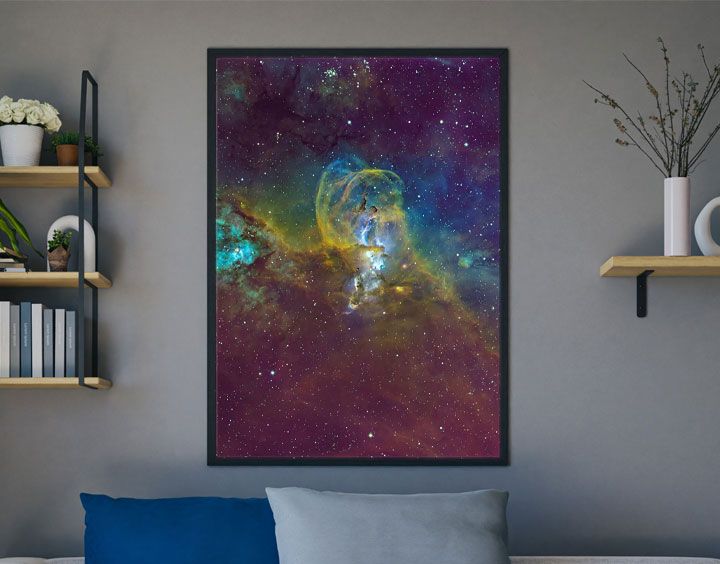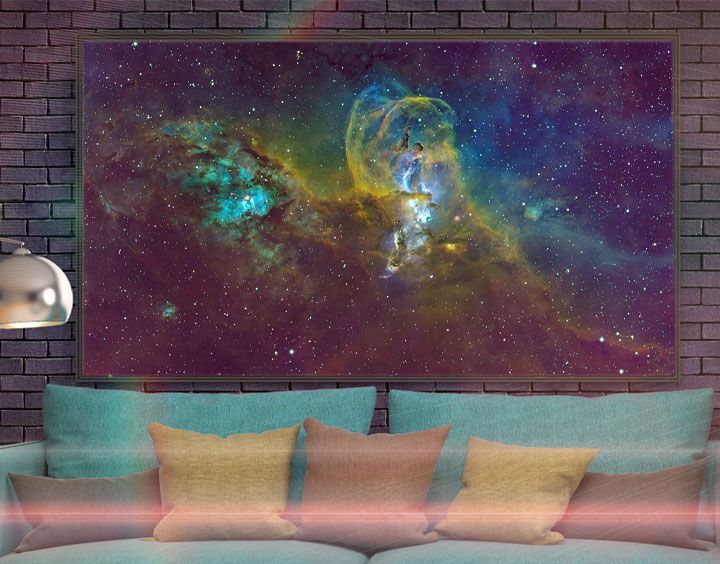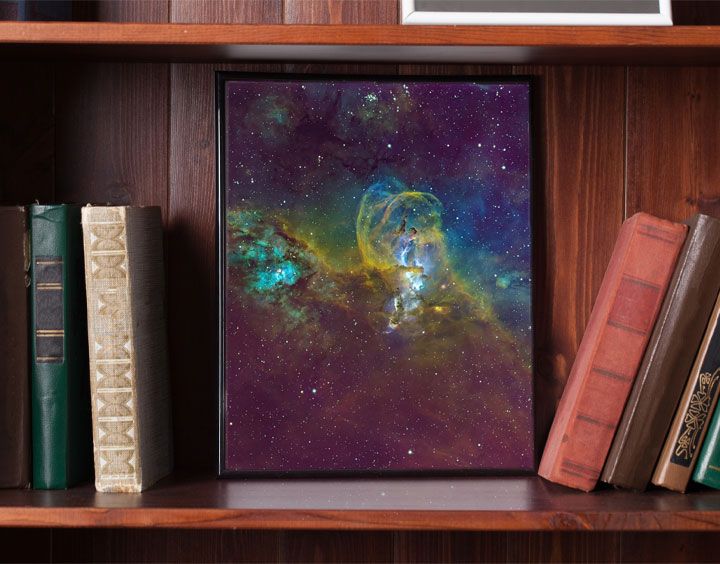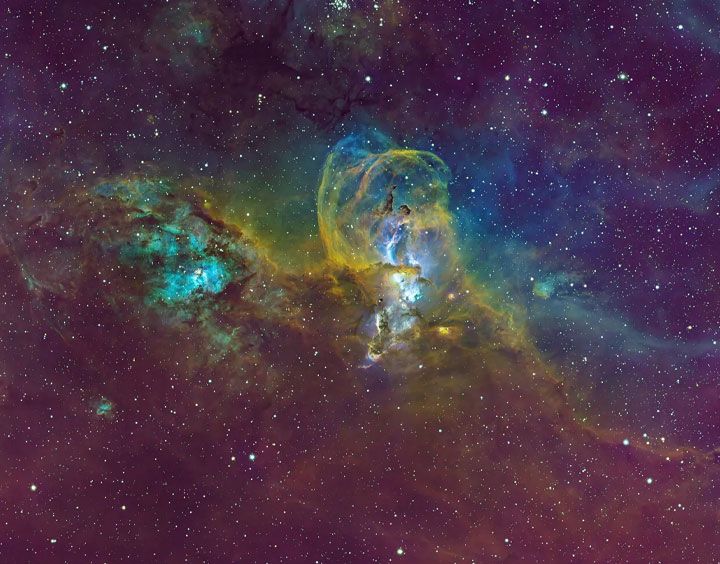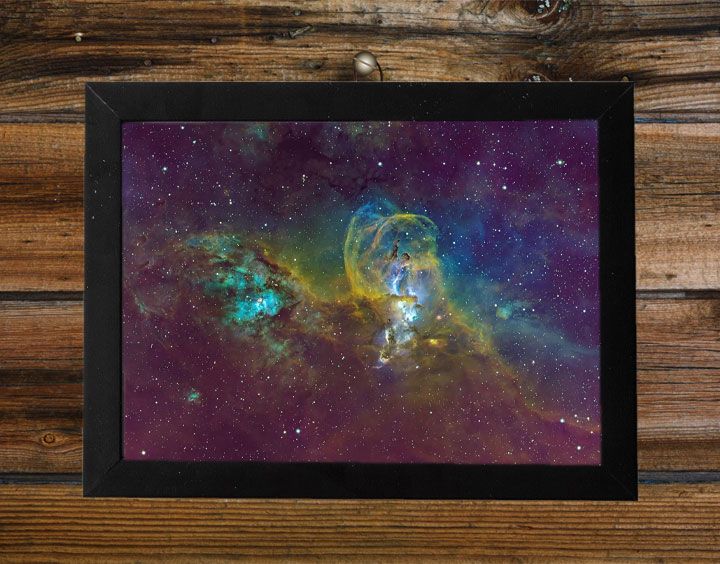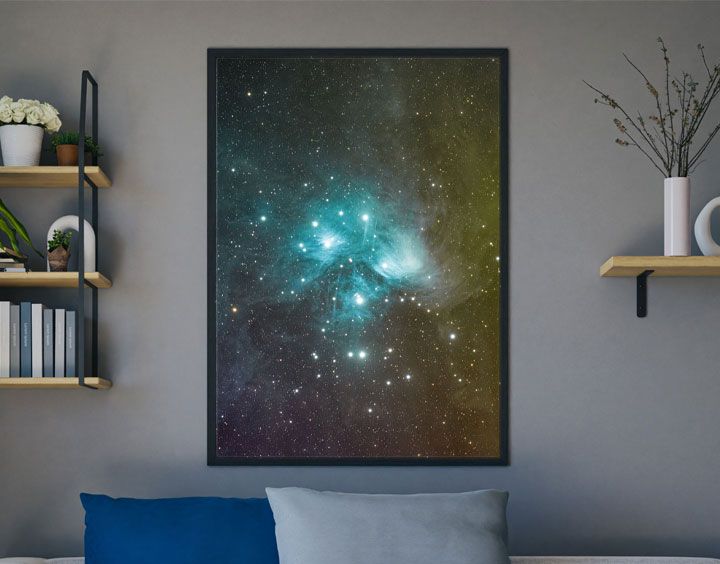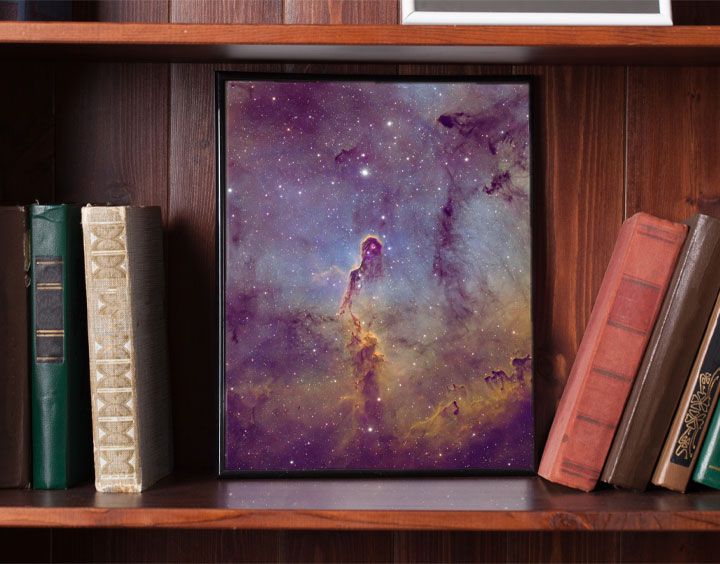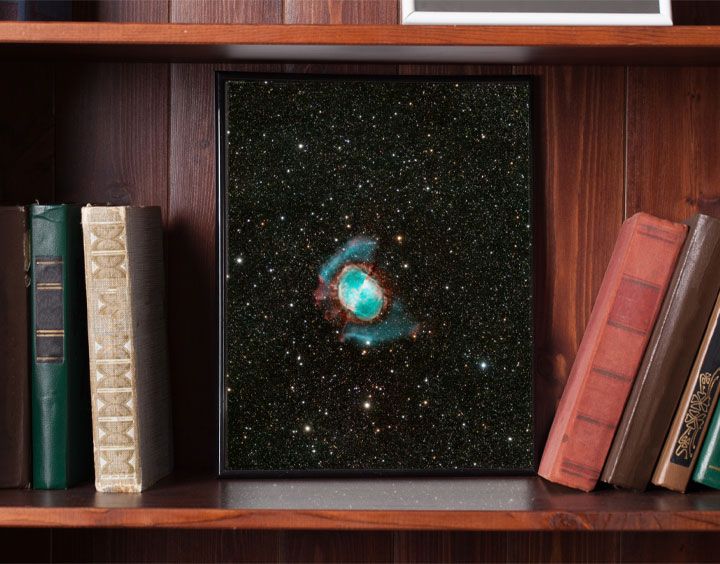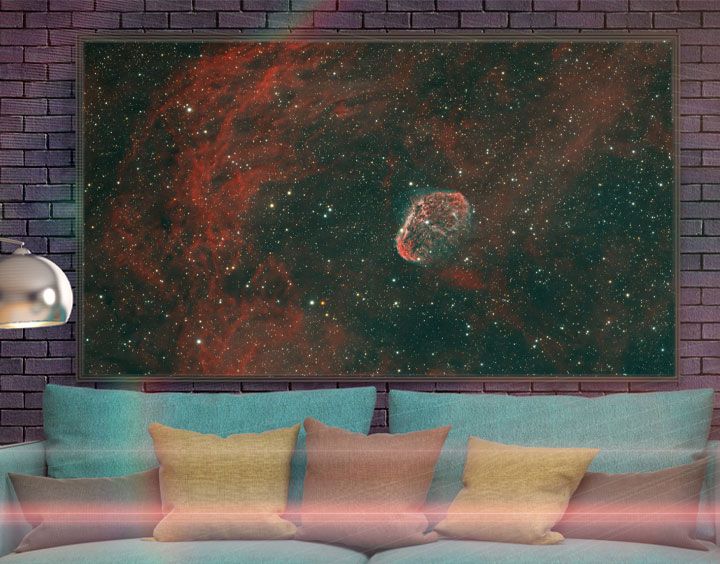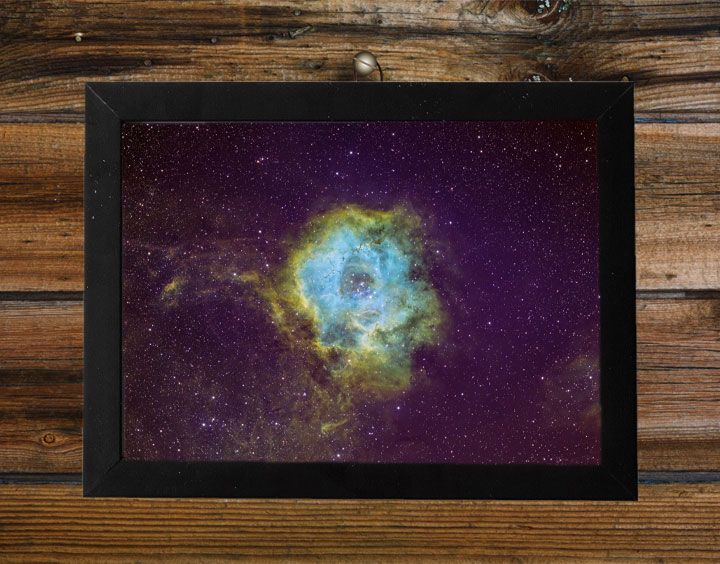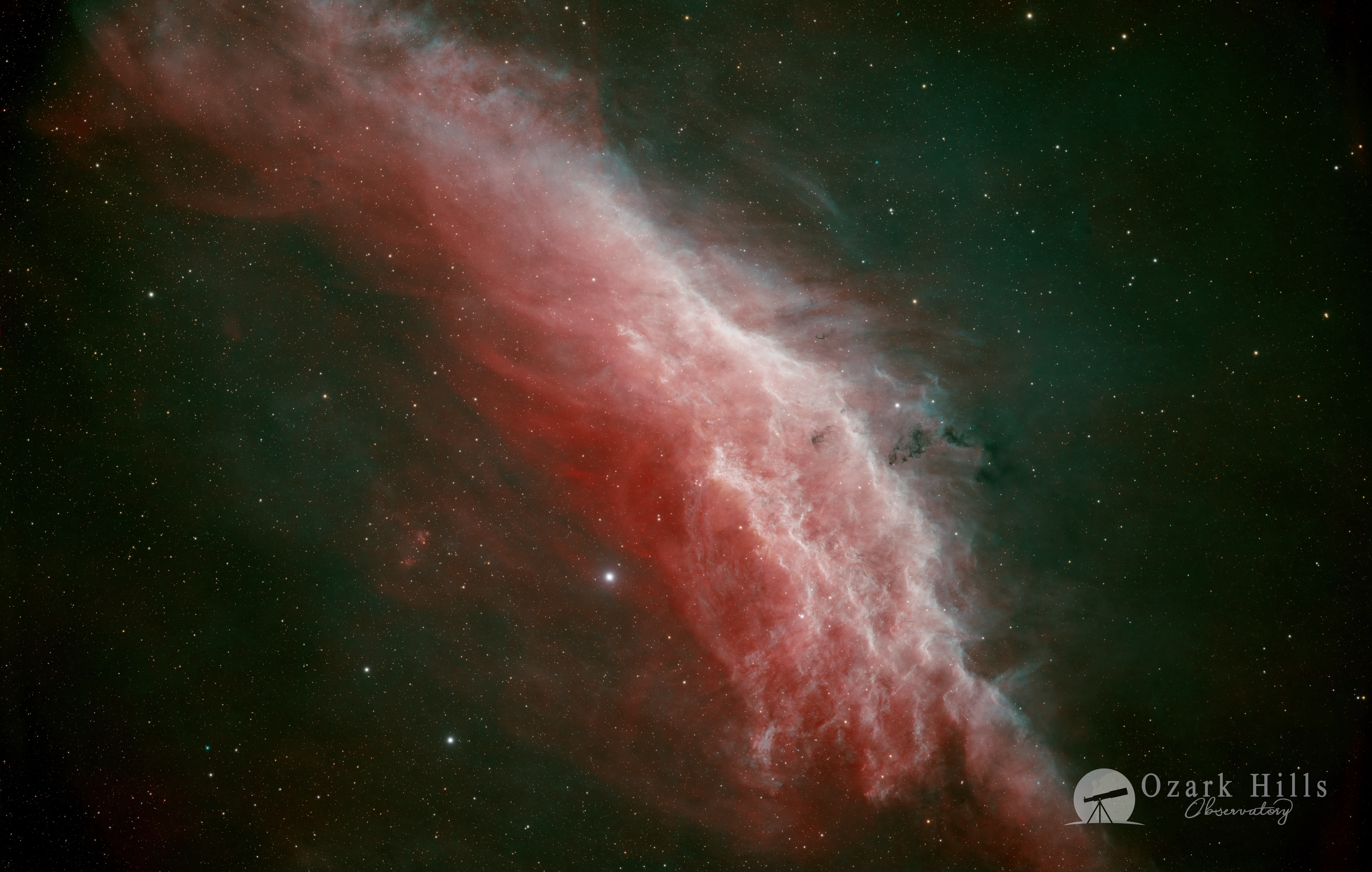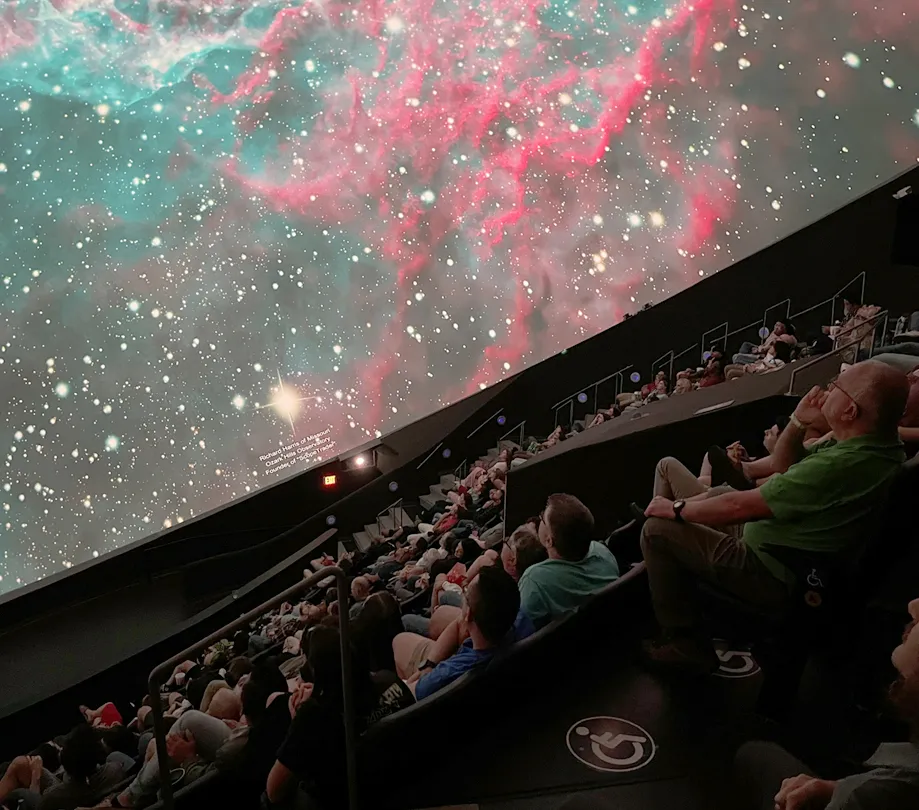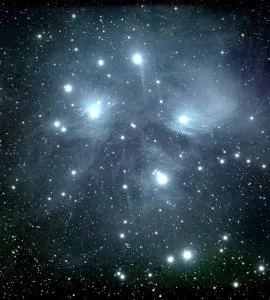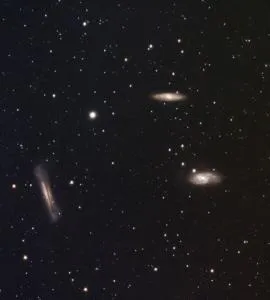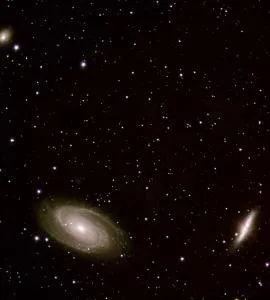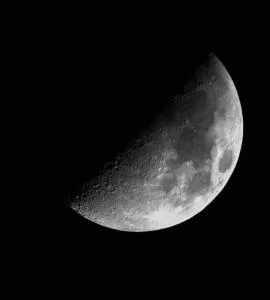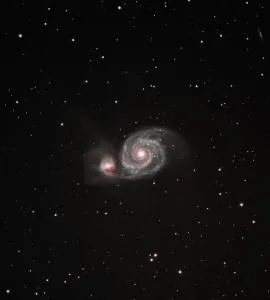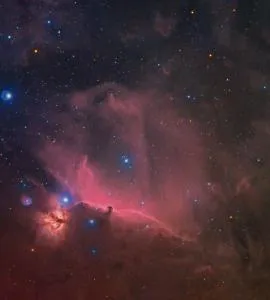Astronomy Print Store
Astrophotography by Richard Harris
The Statue of Liberty Nebula NGC 3576 is a stunning emission nebula located in the Carina constellation. This awe-inspiring celestial wonder, situated approximately 9,000 light-years away from Earth, and almost the size of the full moon offers a vivid spectacle in the night sky.
NGC 3576, also known as the Statue of Liberty Nebula is a 10th magnitude bright nebula emission nebula located in the constellation Carina (southeren hemisphre), about 9,000 light-years away from Earth. NGC 3576 appears roughly 20.0 x 15.0 arcminutes in size (a full moon is 21 arcminutes wide)
Details
| Product Type | Physical |
|---|---|
| Weight | 5 lbs 0 oz |
| Dimensions | 24in x 5in x 36in |
| Item# |
|---|
Customer reviews
0 out of 50 global ratings5
4
3
2
1
